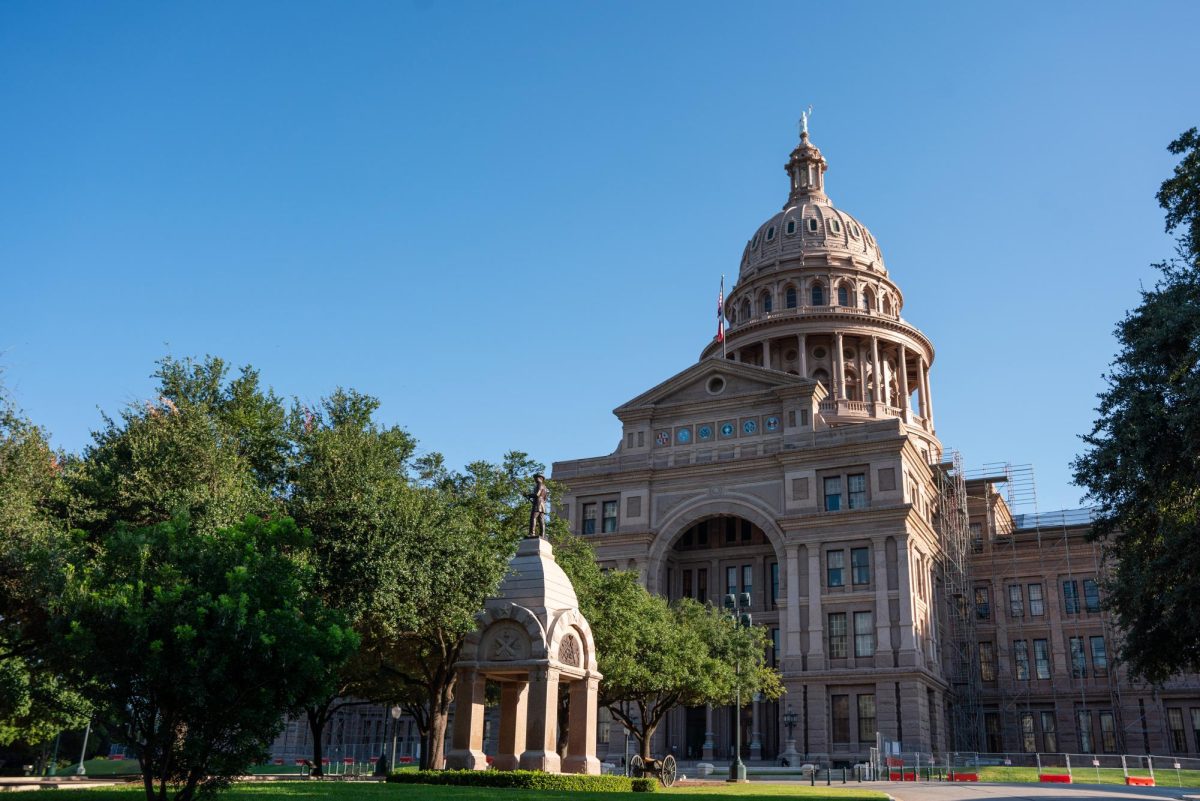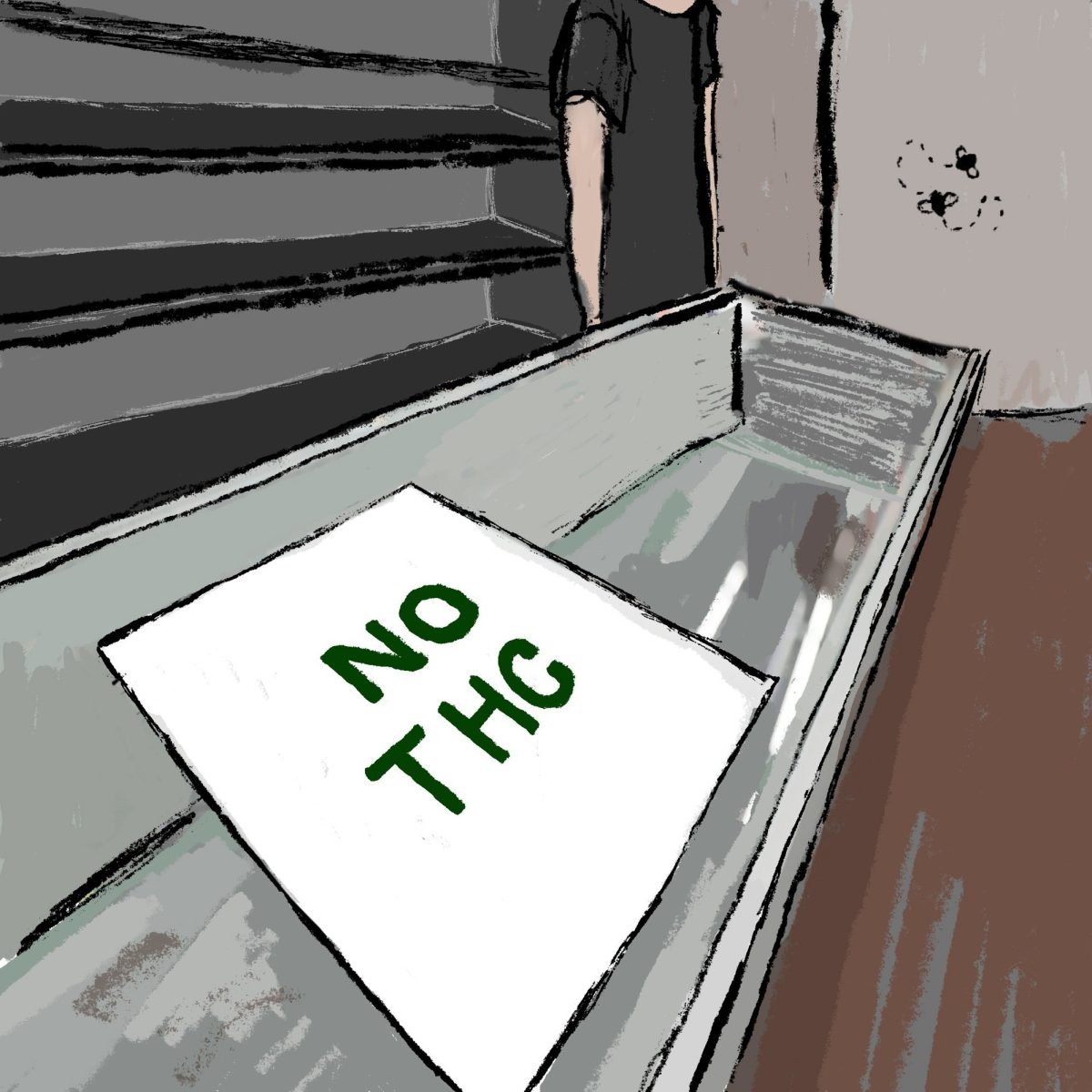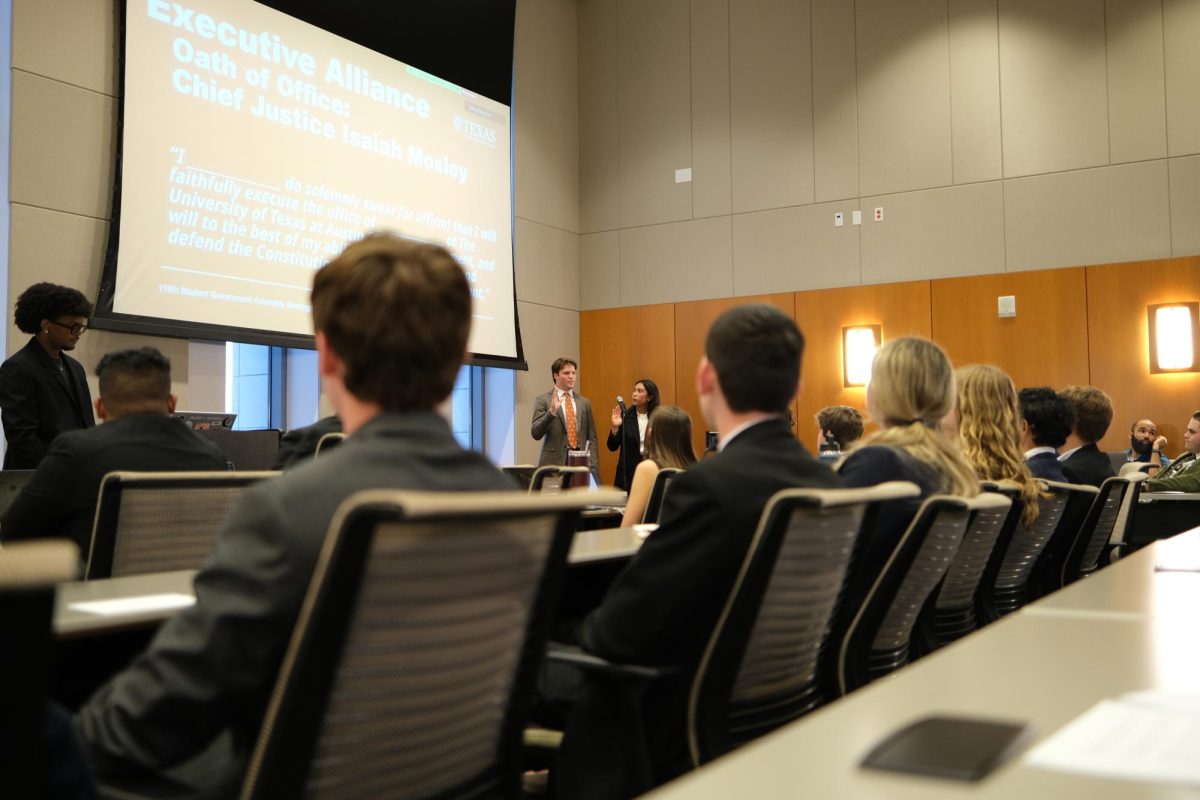Tuition and fees for four-year public universities have increased by a greater percentage than those of private institutions for the fifth year running, according to a new report by the College Board.
The “Trends in College Pricing 2011” report blames a steady decline in state funding as well as the weakened economy for the 8.3 percent national increase in published yearly tuition fees. Fees at four-year public institutions increased from an average of $7,613 in the 2010-11 academic year to an average of $8,244 in the 2011-12 academic year. The percentage change drops to 7 percent if Californian students are excluded, according to the report.
Fees rose by only 4.5 percent at private four-year colleges, from $27,265 in the 2010-11 academic year to $28,500 in the 2011-12 academic year, the report found.
Public institutions continue to get a significant portion of their revenues from the state while private institutions do not, said Sandy Baum, an independent policy analyst for the College Board and co-author of the report.
“Students should be sure they understand all the financial aid that is available to them and the options for repaying their federal student loans,” Baum said.
The price increase at four-year public universities in Texas was only 4.3 percent this year, Baum said. Students in Texas could expect to pay $8,078 per annum, slightly lower than the national average, according to the report.
Vice president and chief financial officer Kevin Hegarty said UT is being forced to seek alternate sources of funding to make up for the shortfall in state funding. In 1977, state funding accounted for 85 percent of UT’s funding. Hegarty said it currently only makes up 13 percent of the $2.3 billion total operating budget.
“That’s a huge reduction over a long period of time,” Hegarty said. “If you look at funding per student adjusted for inflation, it’s actually lower than a decade ago. Obviously, it’s a reflection of the difficult position the state is in.”
Continuing to build endowment donations and reduce the cost of doing business without diminishing quality was essential, Hegarty said.
“Unfortunately in most states, including Texas, we’ve had to ask parents to pay more vis-a-vis tuition increases. It’s definitely part of the pressure,” Hegarty said.
Finance senior Yashar Pirasteh said he relied on loans and scholarships to pay his tuition bills. Tuition price hikes could only be justified by a measured improvement in educational services, he said.
“In my first semester, I was paying $4,400 and now it’s close to $6,000. That’s more than a 30 percent increase in four years,” Pirasteh said. “I don’t think the standard of my education is improving, but we’re all paying more.”


















